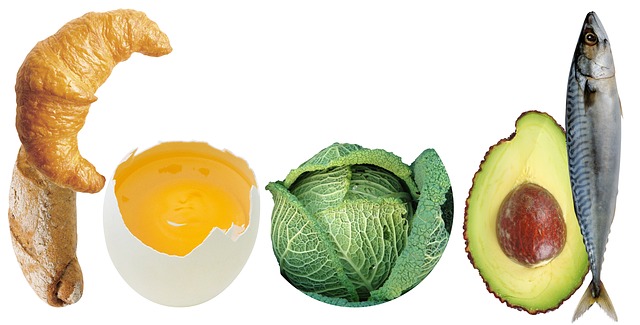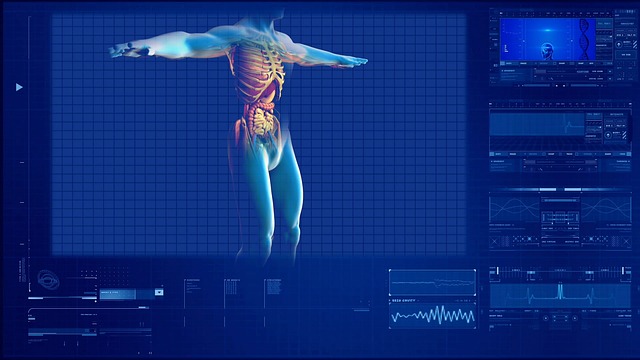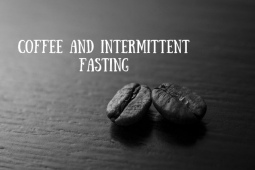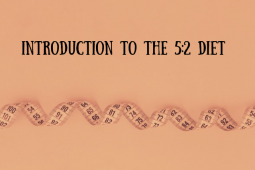Calories and Fitness – A Complex Relationship

This article is a general overview of what calories are, why life is not as simple as just calories in versus calories out and it will also discuss the calories burned part of the equation.
An important question to ask is, “What are calories?” Put simply, a calorie is a unit of energy. In the nutrition world, if you read a food label that says something contains 100 calories, it’s just a method of telling you how much energy you would get from eating said food item. It is also used to refer to energy usage through physical activity.
People who follow a balanced diet find it easy to maintain weight because they can monitor their daily intake of calories. The basic calorie requirement for maintaining a healthy body varies from person to person. It depends on a person’s level of physical activity, lifestyle, body composition and gender. The average quantity of calories required by a female is 1940 calories per day, and 2550 calories per day for males.

How Many Calories Do You Need to Lose/Gain Weight?
Once you know your calorie maintenance, you can set goals to lose or gain weight. You just need to know some basic subtraction or addition. If you consume more calories than you burn, you will gain weight. And if you consume less than you burn, you will lose weight.
Keep in mind the BMR (Basal Metabolic Rate) is how much energy your body uses just for basic body functions like breathing and digestion, and daily physical activity has not been taken into account yet. If you are moderately active, multiply your BMR x 1.55 to calculate your maintenance level. For example, 2000 (BMR) x 1.55 = just over 3000 calories per day to maintain your weight.
The type and quality of calories you’re getting are important too. Unfortunately, when it comes to weight maintenance and overall health, things aren’t as simple as just counting calories, because your body processes different macronutrients differently. In other words, all calories are not created equal. We know this based on these simple facts.
#1 – Sugar. The calories from sugar are empty calories, and provide your body with no nutritional value. Excess sugar consumption leads to an increased risk of diabetes, heart disease, and other chronic diseases. One simple way to cut back on your sugar intake is to avoid sugary sodas and energy drinks.
#2 – Fiber. Most dietary fiber passes through without being digested. Fiber also makes you feel full for longer. High fiber foods include fruits, vegetables, legumes, nuts, seeds and whole grains.
#3 – Protein. Your body has to work much harder to digest protein than it does to process carbohydrates. Furthermore, protein makes you feel full for longer. You can find out more on the complex relationship between protein and carbs in this article.
#4 – Fat. All fat provides 9 calories per gram, but there are “good” and “bad” fats. Omega-3 fats are good for your heart, while trans fats will clog your arteries. Consume more avocados, nuts, olive oil and oily fish instead of processed foods.
#5 – Carbohydrate. Just like with fats, there are “good” and “bad” carbs. Luckily, it’s easy to differentiate between the two. Examples of good carbs include whole grains, fruits and vegetables. Bad carbs include white bread and breakfast cereal. To reap the benefits of good carbs, choose carbohydrates that are full of fiber.

The Energy Cost of Digesting Food
Have you ever wondered why certain foods like celery are negative calorie foods? It takes energy to break down and absorb food. In the case of celery, it takes more energy to metabolize the celery then what the celery itself contains.
The energy cost of digesting food accounts for about 10% of one’s total energy expenditure, but it depends on the types of food you’re eating as well. Protein takes the most energy to break down properly, 20-30% of total calories from protein are used to digest the protein itself.
So, as an example, if you consume 100 calories of protein, you’d be left with a net 70-80 calories. On the other hand, 100 calories of carbohydrate would leave you with a net 90-95 calories. Clearly, it’s not as simple as saying “a calorie is a calorie”.
You have to also consider the calories burned part of the equation, which can be a little bit trickier. Put simply, the more active you are, the more calories your body burns, which means there will be less energy that can be stored as fat. In fact, those who are said to have faster metabolisms often just live more active lifestyles.
Also consider the fact that different exercises burn calories at different rates. For example, did you know that skipping for just 10-15 minutes per day will burn off around 200 calories? A brisk walk with your dog will burn around the same number of calories. There are hundreds of fun activities you can do to burn calories that don’t have to involve spending time in the gym.
More Popular Articles from Food and Fitness:
- Fitness Equipment Best at Burning Fat
- Improving a Poor Appetite
- Paleo Diet Intro
- Spinach and Fitness
- Banish Those Bingo Wings Guide


